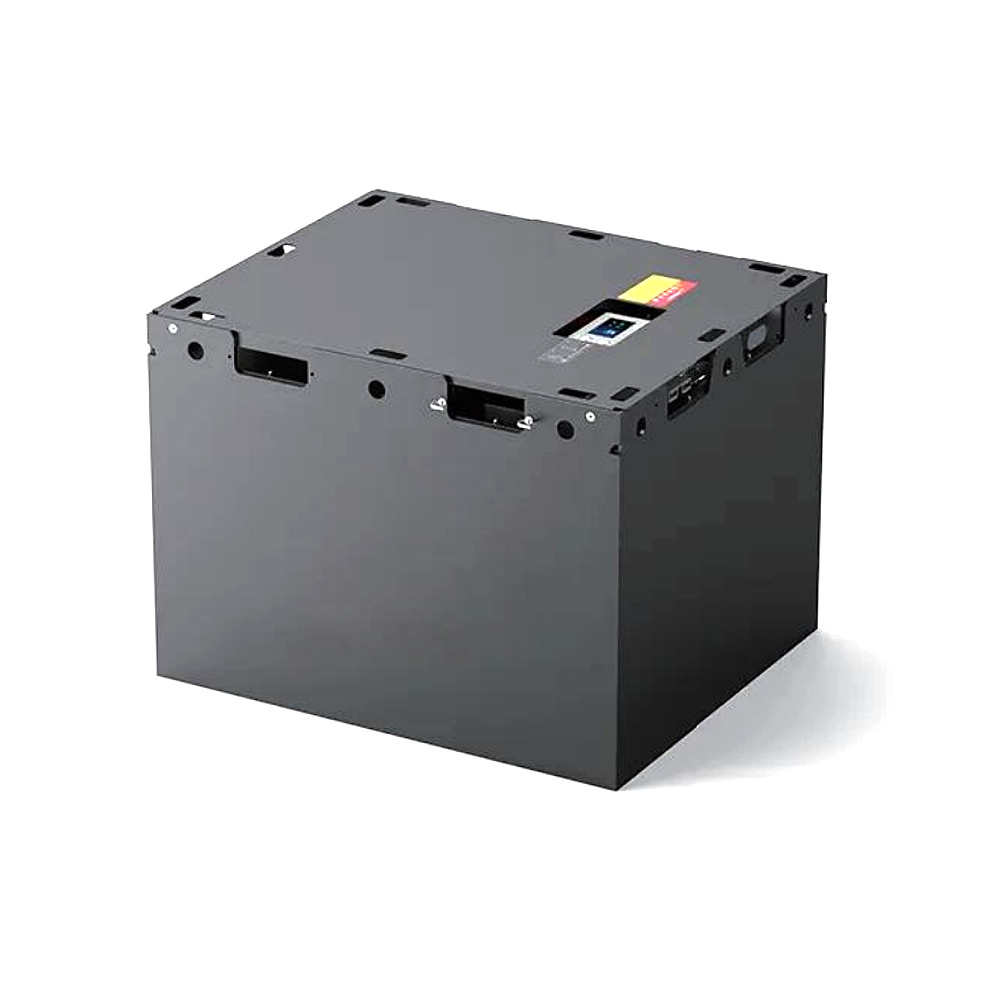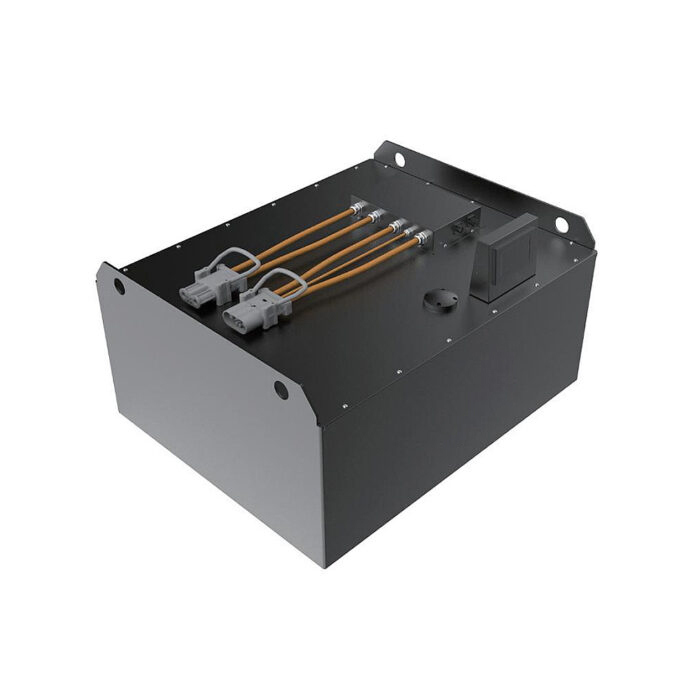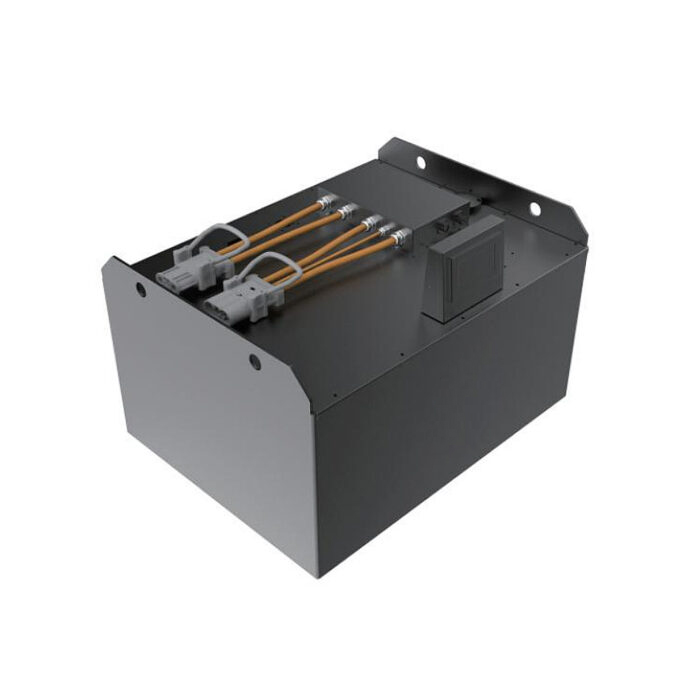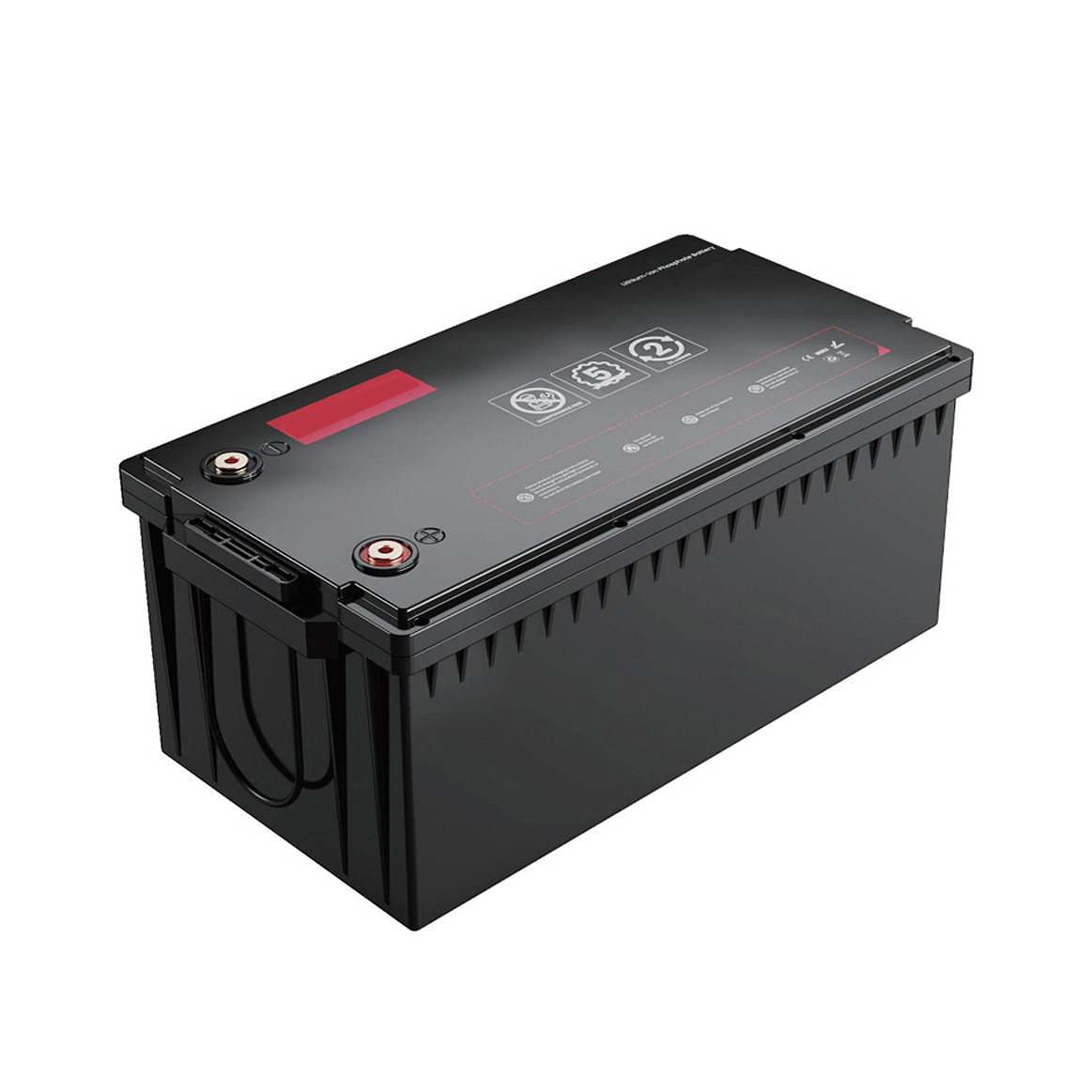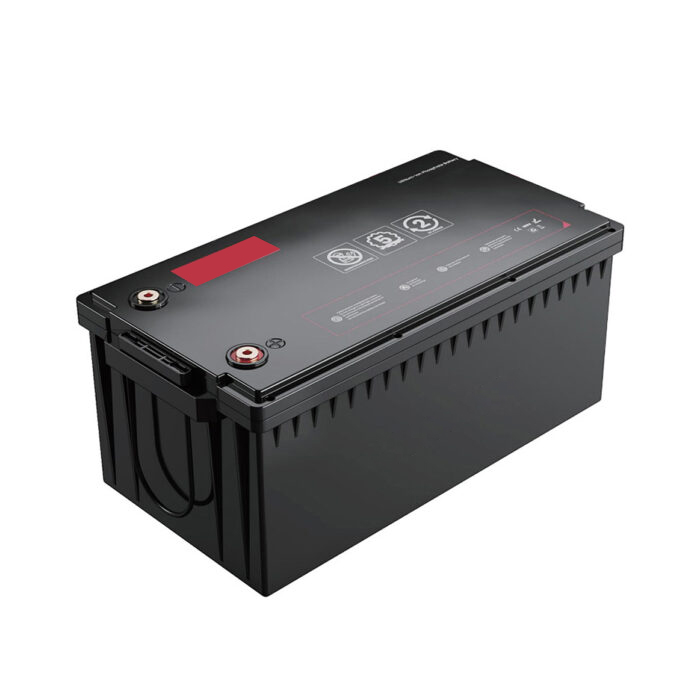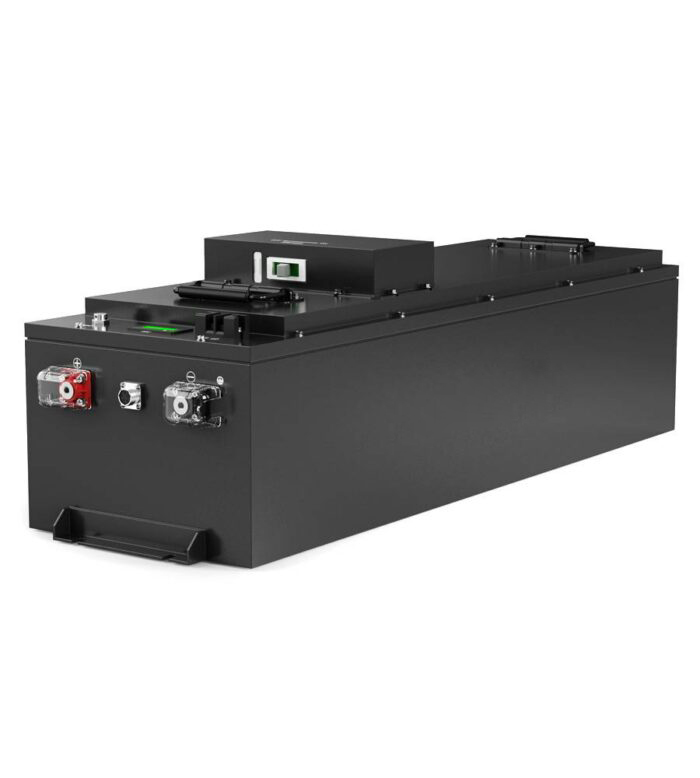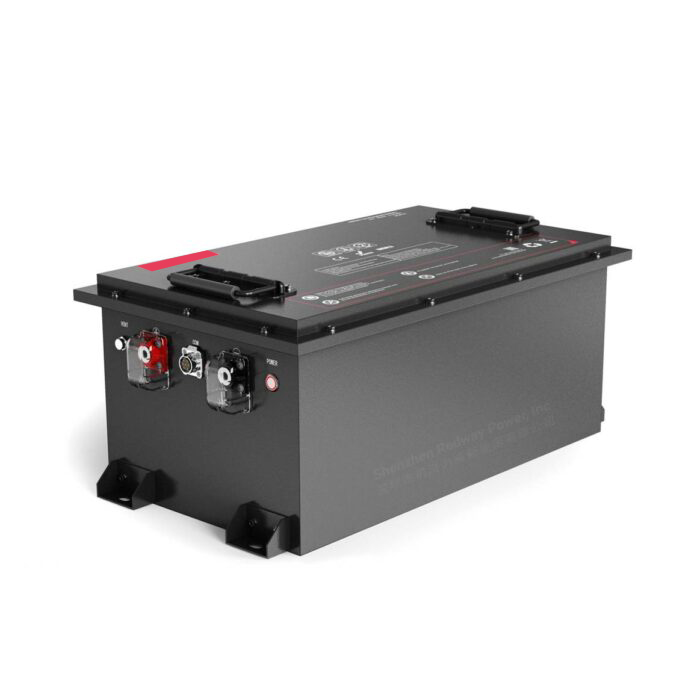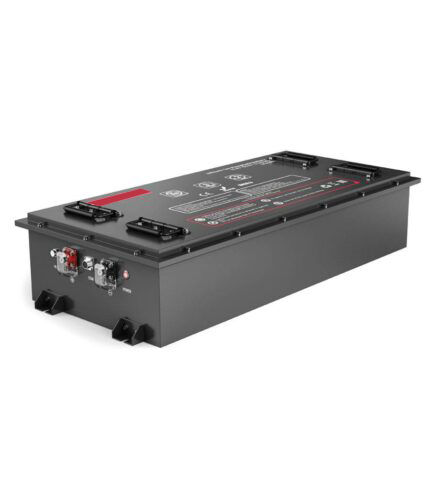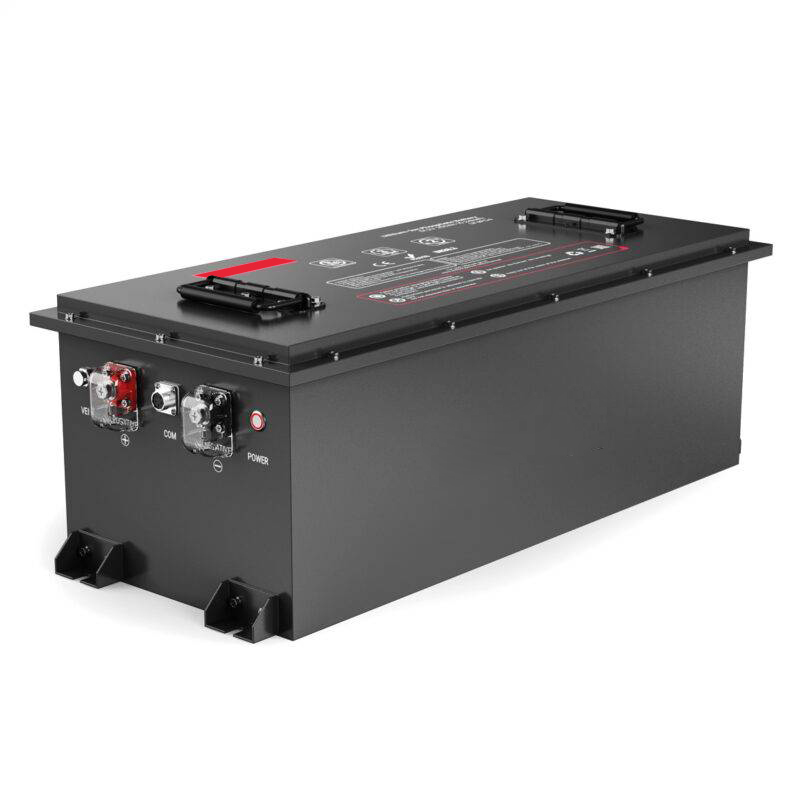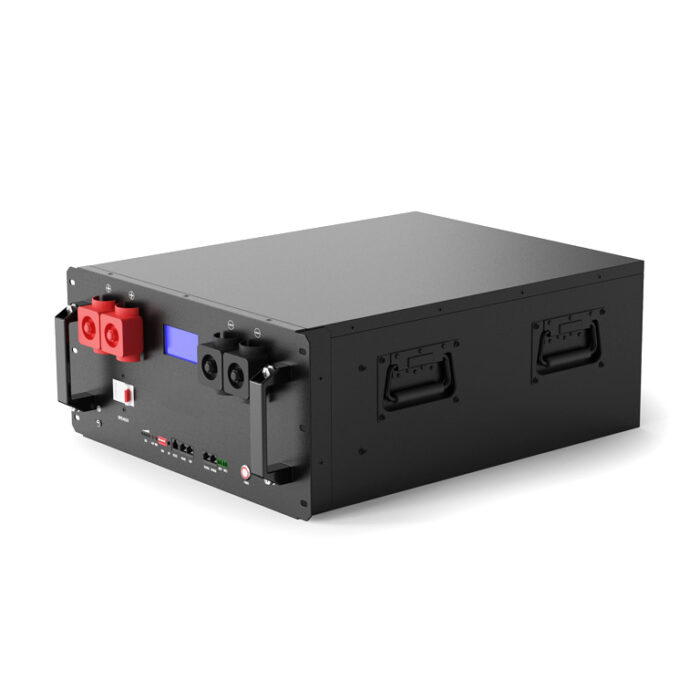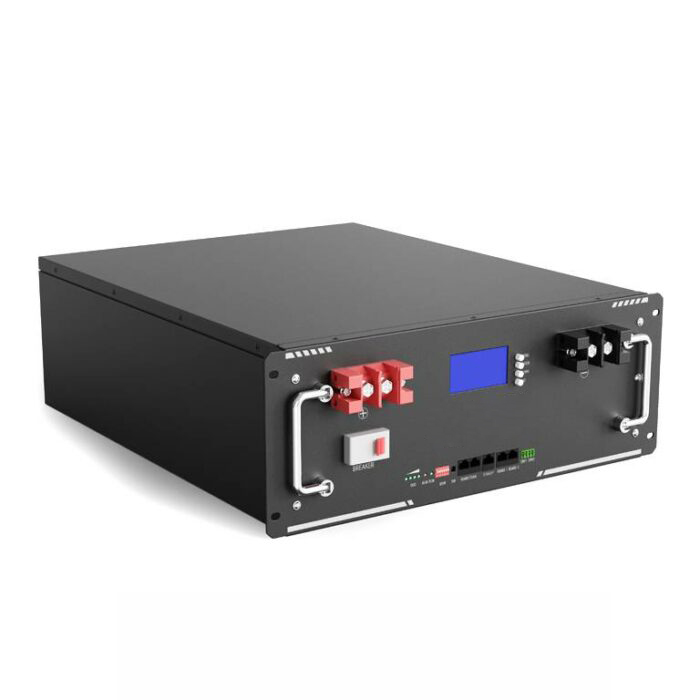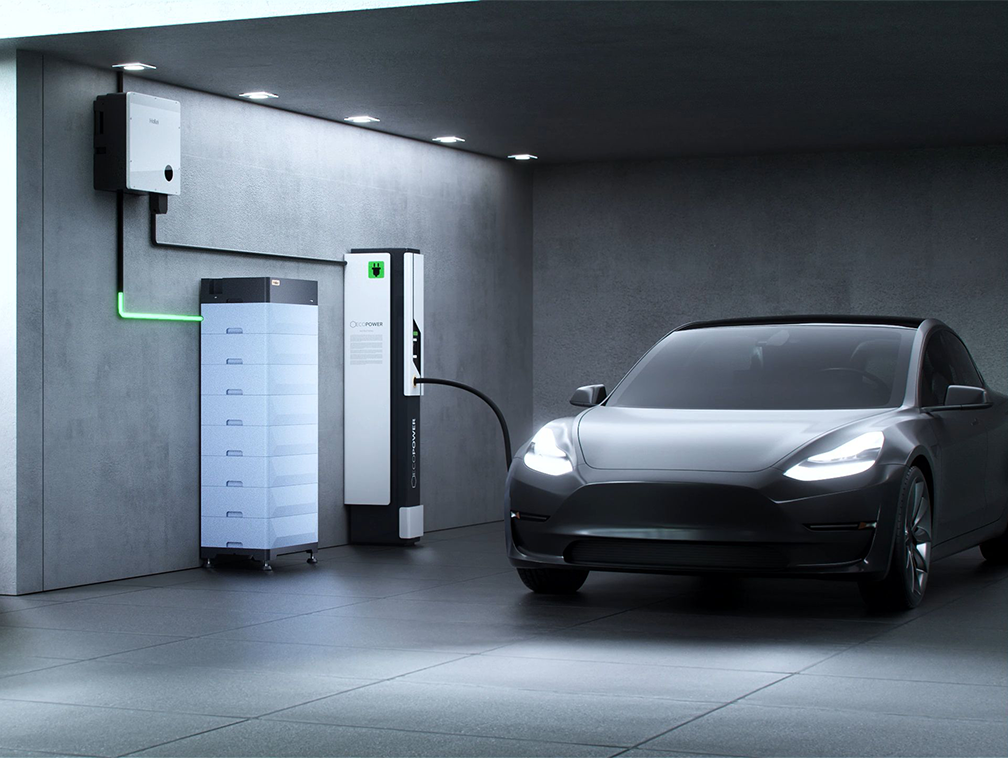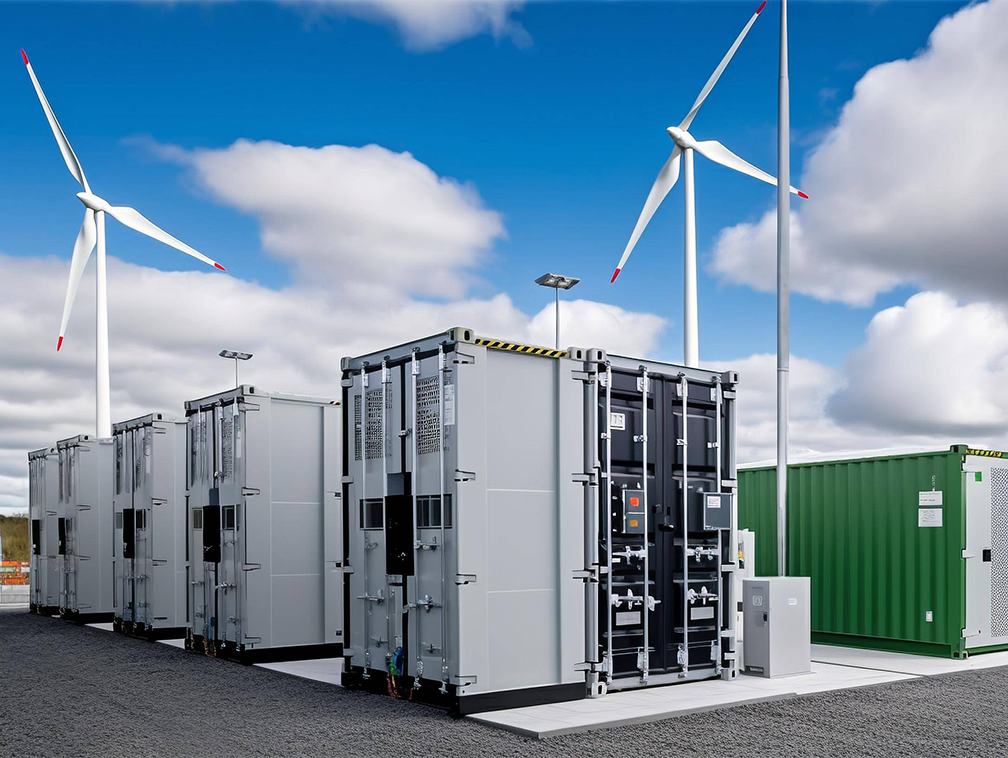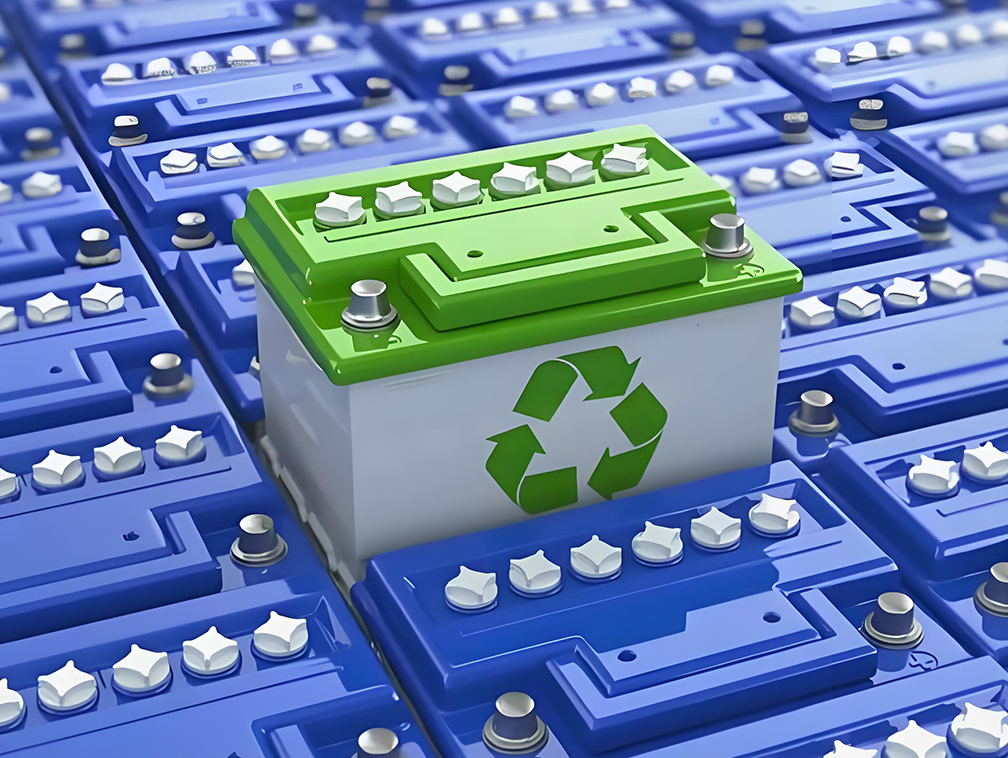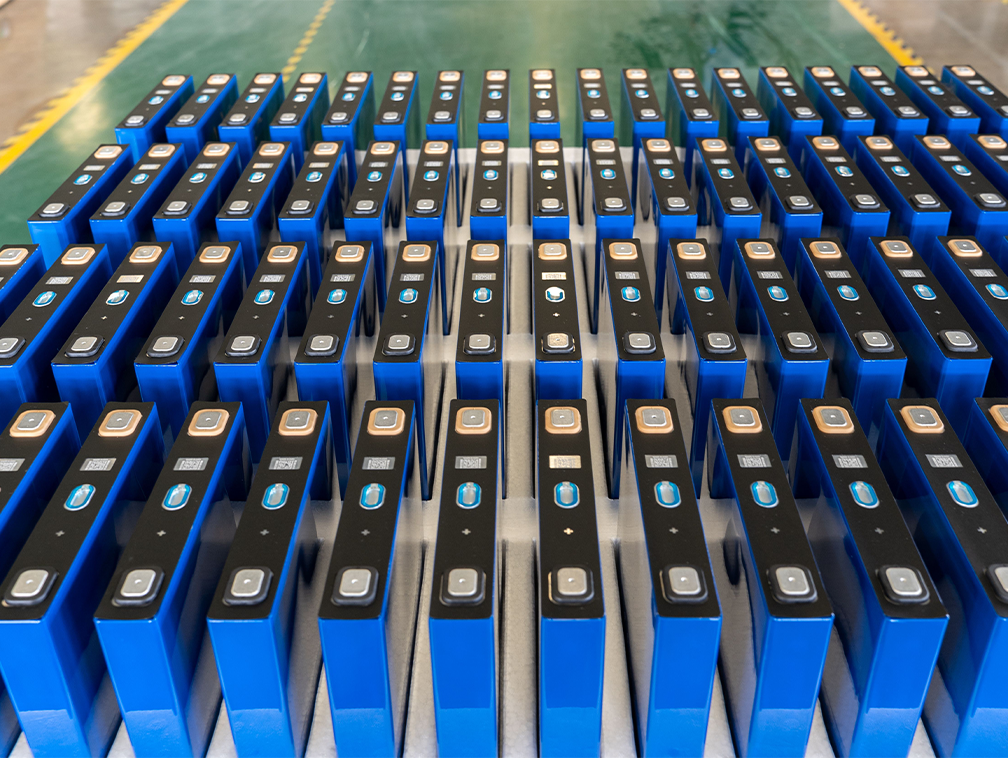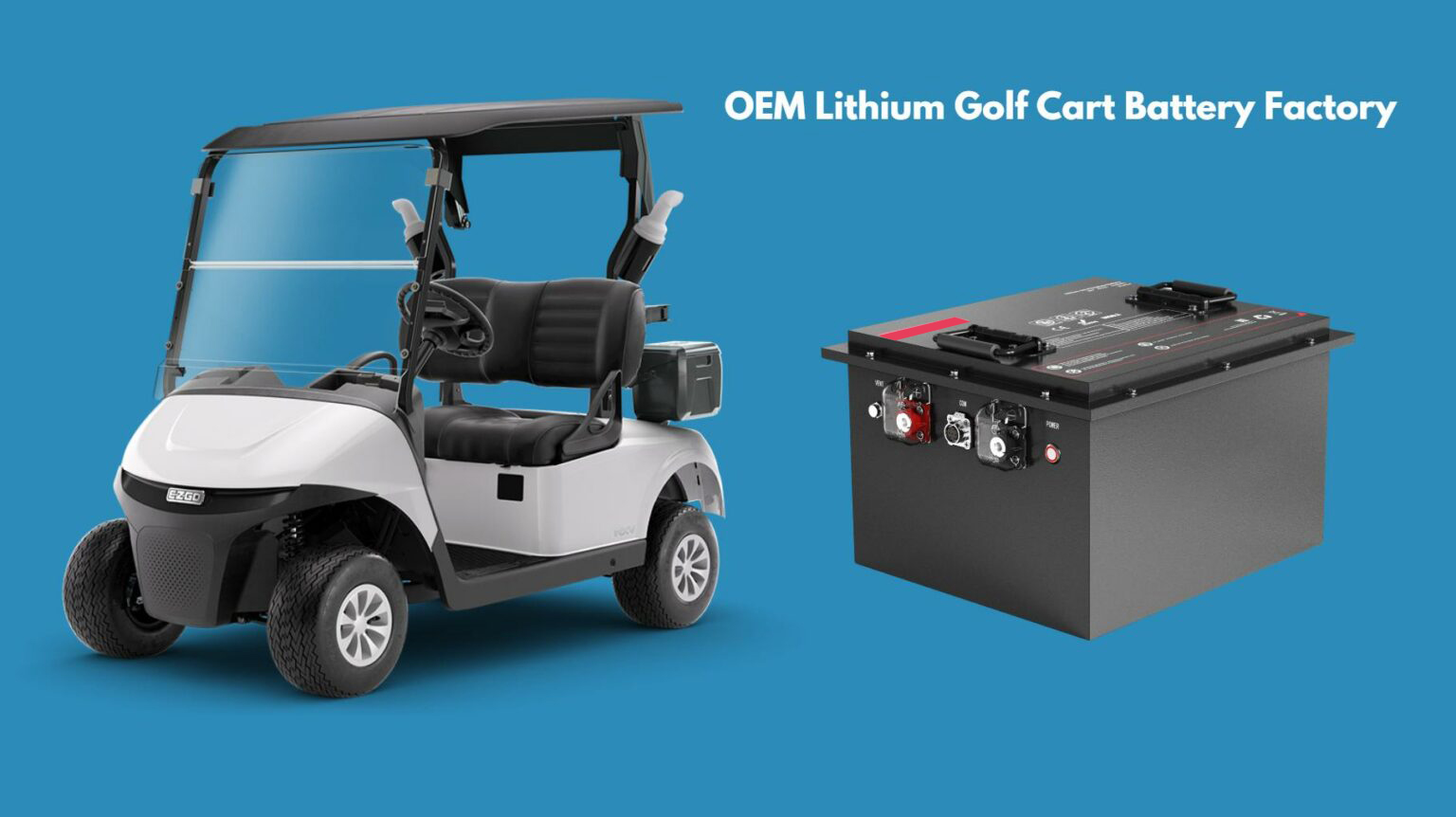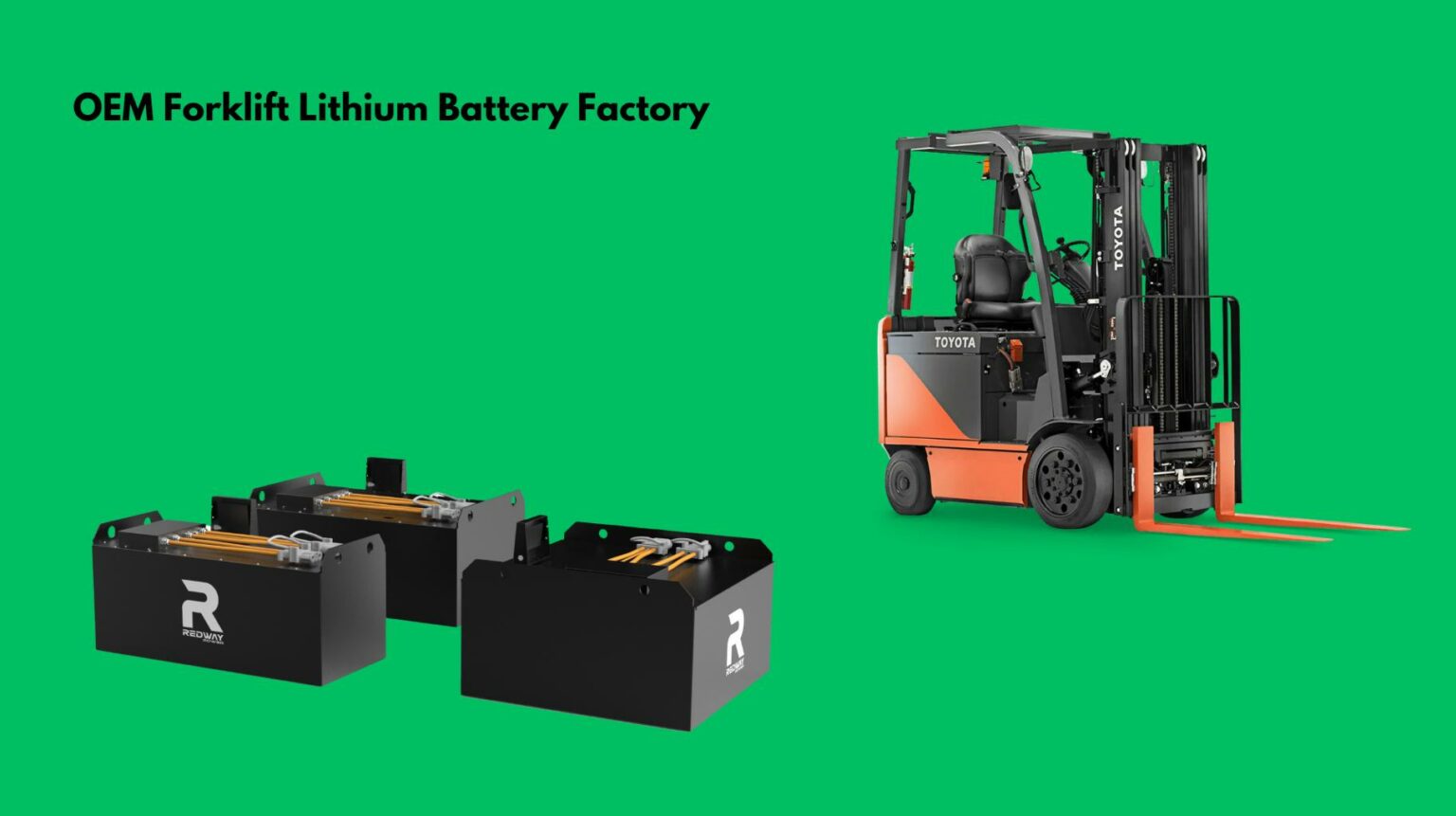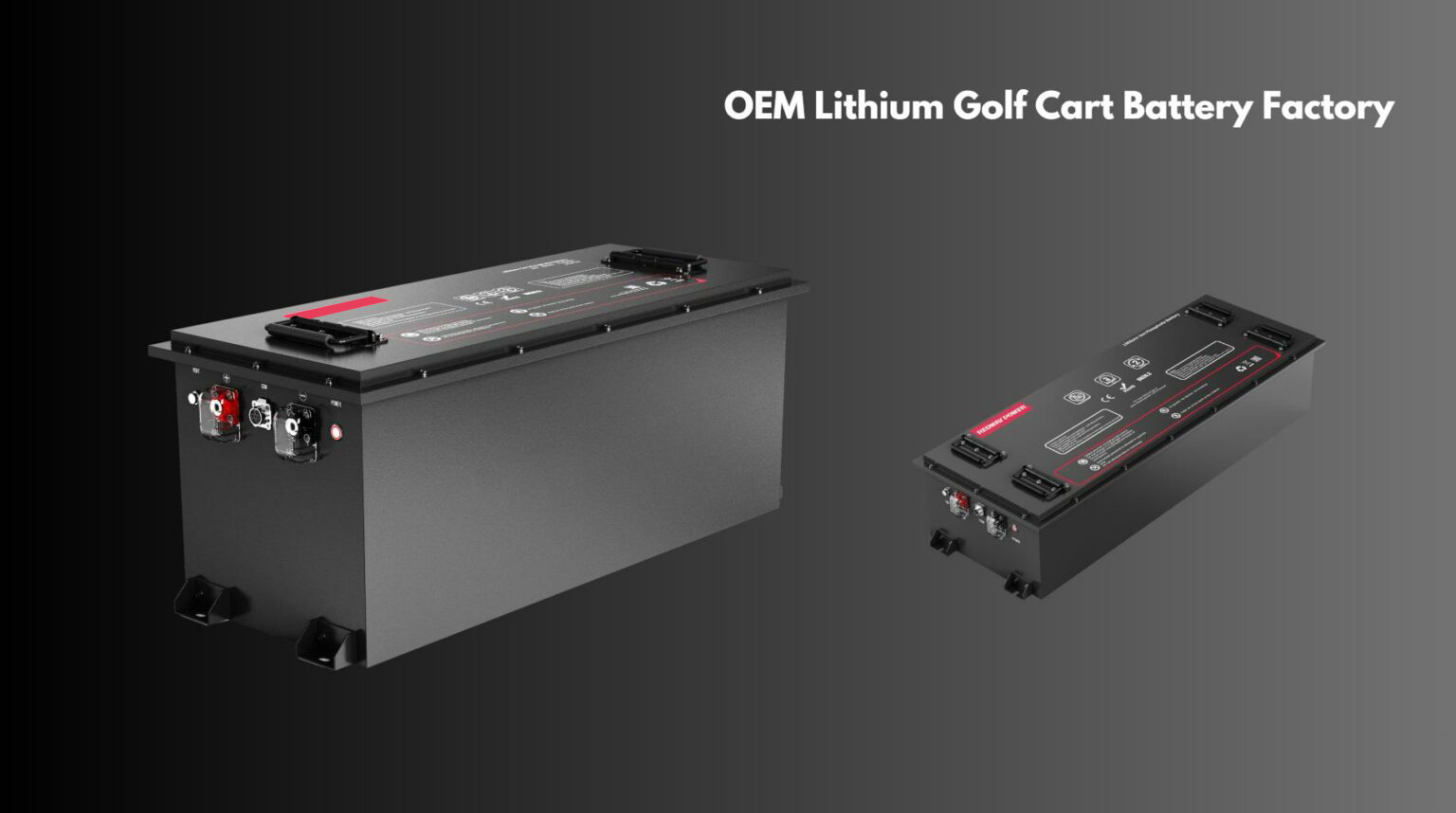What are common challenges in LiFePO4 battery manufacturing and how are they addressed? Challenges include material purity, thermal stability, and production consistency. What solutions help solve those challenges? Advanced BMS technology, strict QC processes, and innovative electrode coatings help manufacturers overcome these issues. Why is overcoming these challenges important? To deliver reliable, efficient, and safe energy storage solutions.
What Challenges Arise from Sourcing Raw Materials for LiFePO4 Batteries, and How Can These Be Mitigated?
Sourcing raw materials presents several challenges in LiFePO4 battery production. What are the main concerns? These include fluctuating market prices, political instability, export restrictions, and environmental regulations. How can manufacturers mitigate these challenges? By diversifying suppliers, investing in recycling technologies, and exploring alternative materials.
How Do the Complexities of LiFePO4 Battery Manufacturing Impact Product Quality and Safety, and What Solutions Exist?
The complexities of LiFePO4 battery manufacturing can significantly impact product quality and safety. What are the main challenges? Achieving consistent quality and safety standards requires precise engineering and advanced manufacturing technologies. What solutions exist to tackle these challenges? Implementing automated systems, artificial intelligence (AI)-powered monitoring, and rigorous quality control processes.
What Environmental Concerns are Associated with LiFePO4 Battery Production, and How Can Manufacturers Reduce Their Impact?
Environmental concerns are inherent in LiFePO4 battery production. What are the primary environmental impacts? These include energy-intensive processes, pollution from raw material extraction, and waste generation. How can manufacturers reduce their environmental impact? By adopting sustainable production methods, using renewable energy, and investing in recycling technologies.
Also read:
LiFePO4 Batteries: Are They Worth the Investment?
LiFePO4: What’s Tough About Making Them?
LiFePO4 Batteries: Why Customer Service Matters?
LiFePO4 Batteries: How Shipping Rules Shape Manufacturing?
How Do Supply Chain Disruptions Affect LiFePO4 Battery Production, and What Strategies Can Enhance Supply Chain Resilience?
Supply chain disruptions can significantly affect LiFePO4 battery production. What factors contribute to these disruptions? These include global dependence on specific regions, trade restrictions, tariffs, and logistical inefficiencies. What strategies can enhance supply chain resilience? Building stronger local supply chains, diversifying suppliers, and improving logistics.
What Technological and Infrastructural Challenges Hinder LiFePO4 Battery Recycling, and What Innovations are Needed?
Recycling LiFePO4 batteries presents several technological and infrastructural challenges. What are the main obstacles? Extracting valuable materials from old batteries is complex, and there’s a lack of widespread recycling facilities. What innovations are needed to overcome these challenges? Developing new recycling technologies and establishing more recycling facilities.
What Factors Contribute to Excessive Internal Resistance in LiFePO4 Batteries, and How Can This Issue Be Addressed?
Excessive internal resistance can negatively impact LiFePO4 battery performance. What factors contribute to this issue? Hardly any conductive agent, too much binder, uneven dispersion of ingredients, short shelf time after liquid injection, and moisture control all contribute. How can this issue be addressed? Precise control of material composition, proper dispersion techniques, optimized liquid injection processes, and stringent moisture control.
Why is Comprehensive Quality Control and Monitoring Essential During LiFePO4 Battery Production, and What Methods are Effective?
Comprehensive quality control and monitoring are essential for maintaining high standards. Why is continuous monitoring needed? To minimize waste and maintain production efficiency from raw materials to cell assembly. What methods are effective for this level of monitoring? Implementing analytical requirements at every stage, as well as robust Design for Manufacture (DFM) processes.
How Do Defects Occurring During Electrode Production Affect LiFePO4 Battery Performance, and How Can These Be Prevented?
Defects occurring during electrode production can significantly affect battery performance. What types of problems can arise? Defects can lead to lithium plating, cell swelling, overheating, and poor electrochemical performance. How can these defects be prevented? Implementing stringent process controls and continuous monitoring during electrode manufacturing.
How Do Temperature and Humidity Variations During LiFePO4 Manufacturing Influence Product Quality, and What Controls are Necessary?
Temperature and humidity variations can significantly influence LiFePO4 battery quality. What negative impacts can arise from these variations? They can lead to inconsistent material properties, reduced performance, and increased failure rates. What controls are necessary to mitigate these risks? Maintaining controlled environmental conditions throughout the manufacturing process is essential.
What Role Does Regular Equipment Maintenance Play in Preventing Defects and Ensuring Consistent Quality in LiFePO4 Batteries?
Regular equipment maintenance is essential for preventing defects and ensuring consistent quality. How does well-maintained equipment contribute to quality? Properly maintained equipment operates more reliably and consistently. How should a manufacturer make this happen? Implementing scheduled maintenance programs helps minimize equipment-related defects.
How Can Collaborative Efforts Between Manufacturers and Research Institutions Foster Innovative Solutions to Overcome LiFePO4 Battery Manufacturing Challenges?
Collaborative efforts between manufacturers and research institutions are crucial for fostering innovation. What benefits arise from these partnerships? They can drive research into new materials, manufacturing processes, and recycling technologies. What results are possible? These efforts can lead to more sustainable and efficient battery production.
What are Common Challenges in LiFePO4 Battery Manufacturing and How are They Addressed?
What are Common Challenges in LiFePO4 Battery Manufacturing and How are They Addressed? Common challenges include material sourcing, manufacturing complexities, environmental concerns, supply chain disruptions, recycling difficulties, and quality control issues. How can manufacturers address these concerns? Advanced BMS technology, strict QC processes, and innovative electrode coatings help manufacturers overcome these issues, as well as a collaborative effort and looking into new recycling methods.
| Challenge | Description | Mitigation Strategies |
|---|---|---|
| Material Sourcing | Fluctuating prices, political instability, export restrictions, and environmental regulations can make sourcing raw materials difficult. | Diversifying suppliers, investing in recycling technologies, exploring alternative materials. |
| Manufacturing Complexities | Achieving consistent quality and safety standards requires precise engineering and advanced manufacturing technologies. | Implementing automated systems, AI-powered monitoring, rigorous quality control processes. |
| Environmental Concerns | The production of LiFePO4 batteries involves energy-intensive processes, waste generation, and pollution. | Adopting sustainable production methods, using renewable energy, investing in recycling technologies. |
| Supply Chain Disruptions | Global dependence, trade restrictions, tariffs, and logistical inefficiencies can disrupt the supply chain. | Building stronger local supply chains, diversifying suppliers, improving logistics. |
| Recycling and End-of-Life Management | Extracting valuable materials from old batteries is complex, and there’s a lack of widespread recycling facilities. | Developing new recycling technologies, establishing more recycling facilities. |
| Excessive Internal Resistance | Factors such as hardly any conductive agent, too much binder, uneven dispersion of ingredients contribute to high internal resistance. | Precise control of material composition, proper dispersion techniques, optimized liquid injection processes, and stringent moisture control. |
| Temperature and Humidity Variations | Fluctuations can lead to inconsistent material properties, reduced performance, and increased failure rates. | Maintaining controlled environmental conditions throughout the manufacturing process is essential. |
Expert Views
The key to overcoming the challenges in LiFePO4 battery manufacturing lies in a holistic approach that addresses every stage of the production chain,” says a leading battery technology expert from Redway. “From sustainable material sourcing and cleaner manufacturing processes to robust quality control and innovative recycling technologies, it’s essential to integrate environmental responsibility, efficiency, and reliability. Collaborative efforts between manufacturers, researchers, and policymakers will drive the innovation needed to create more sustainable and high-performance LiFePO4 batteries.”
Conclusion
What are Common Challenges in LiFePO4 Battery Manufacturing and How are They Addressed? In conclusion, LiFePO4 battery manufacturing faces numerous challenges ranging from material sourcing and manufacturing complexities to environmental concerns and supply chain disruptions. By implementing advanced technologies, stringent quality control measures, sustainable practices, and collaborative strategies, manufacturers can overcome these hurdles and deliver reliable, efficient, and eco-friendly LiFePO4 batteries.
FAQ
What are the primary challenges in sourcing raw materials for LiFePO4 batteries? Challenges include fluctuating market prices, political instability, and export restrictions.
How can LiFePO4 battery manufacturers reduce their environmental impact? By adopting sustainable production methods, using renewable energy, and investing in recycling technologies.
What factors contribute to supply chain disruptions in LiFePO4 battery manufacturing? Global dependence on specific regions, trade restrictions, and logistical inefficiencies.
How can LiFePO4 battery manufacturers improve product quality and safety? By implementing automated systems, AI-powered monitoring, and rigorous quality control processes.
What are the main challenges in recycling LiFePO4 batteries? Complex extraction processes and a lack of widespread recycling facilities.

